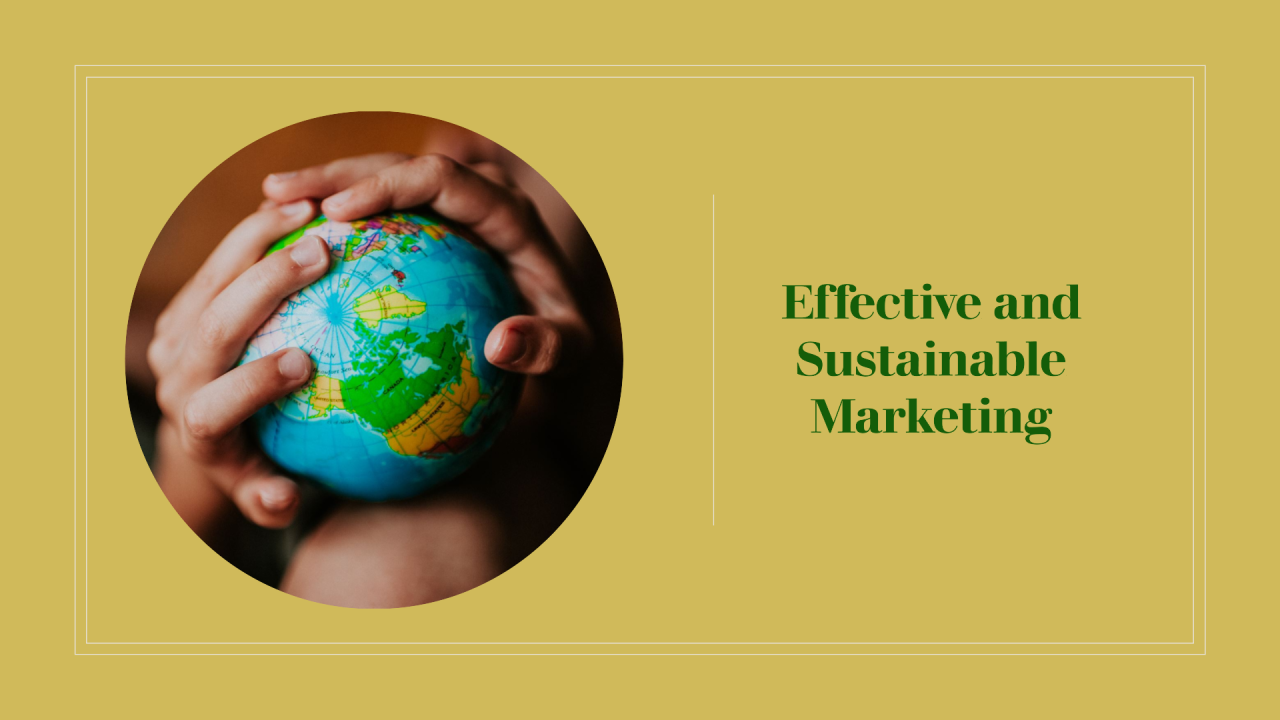The House of Cards effect: Why data and creativity should go hand in hand
28 Aug 2014
Last month, the CEO of Netflix, Reed Hastings, explained what the death of a dog could teach us about data and creativity.
Speaking at Code Conference, Hastings was reflecting on a conversation he’d had with David Fincher, the director of Netflix’s popular self-produced show House of Cards.
Discussing data gathered on the show, Hastings told Fincher that a large portion of viewers had switched off when a dog was murdered at the start of episode one. Fincher’s response to this was categorical: “Don’t ever tell me that again.”
Hastings believes that data and creativity shouldn’t mix and he saw Fincher’s response as proof that he was right. He explained that although Netflix has a vast quantity of data on customer viewing habits, it doesn’t use these statistics to inform creative decisions.
Data is a dirty word among creatives
This kind of thinking is prevalent in the world of marketing and it’s wrong. Data does have a role to play in the creative process; as long as it’s used in the correct way.
At the moment, data is a dirty word within creative departments, grouped with its awkward cousins, inspection, measurement and tracking. It is perceived as a barrier to progress and the lifeblood of those who wish to control and monitor creativity. To me, this attitude is ridiculous.
Listening to Hastings, I thought of Ogilvy’s desire for “the freedom of a tight brief”. Ogilvy believed that a lack of direction could be dangerous and seized any opportunity to gather relevant information about the consumers he was targeting. Information never restricted Ogilvy’s thinking; instead it just forced him to tax his imagination. Doing so led him to brilliant ideas that would have never occurred had he only an open brief to go on.
Today’s creative marketers have access to a quantity of data that Ogilvy could only have dreamt of and by ignoring it they’re missing out on an opportunity. This is not the case outside of marketing, where data and creativity are being combined to great effect.
One of the strongest examples is the work of President Obama’s 2012 election campaign team. Joe Rospars, founder of Blue State Digital, the agency behind the campaign, believes that information and imagination have a symbiotic relationship and his team used data to test and improve creative ideas on the campaign trail.
Data can guide creatives towards the Big Idea
In a recent interview with Fast Company, Rospars explained how after brainstorming fundraising strategies his team would run them through a computer to test them against data they had gathered. Based on the output they’d then rework the idea or roll it out in the real world.
This process of modifying an idea with data would have made Ogilvy proud and although political campaigns differ from their marketing equivalent, there is a lesson to be learned here – not only can data and creativity co-exist, they can have a mutually beneficial relationship.
There is no reason why this test and revise technique can’t be replicated in a marketing context, the only barrier is psychological – creatives fear the rise of the machines. This fear is unfounded as technology can’t replicate the creative process and intuition will always play a significant role in marketing.
Creatives in fact, have everything to gain – data can provide insight into the behaviour of their target audience, guide them towards the Big Idea and provide statistics to support it.
No doubt as the hangover of the recession wears off and agencies regain their confidence, we’ll see more experimentation with data in a creative environment. If you’re part of an agency already doing so, why not consider entering the DMA Awards, which are judged on creativity, strategy and results driving innovation.
This is an edited version of an article that first appeared on The Drum.





Please login to comment.
Comments